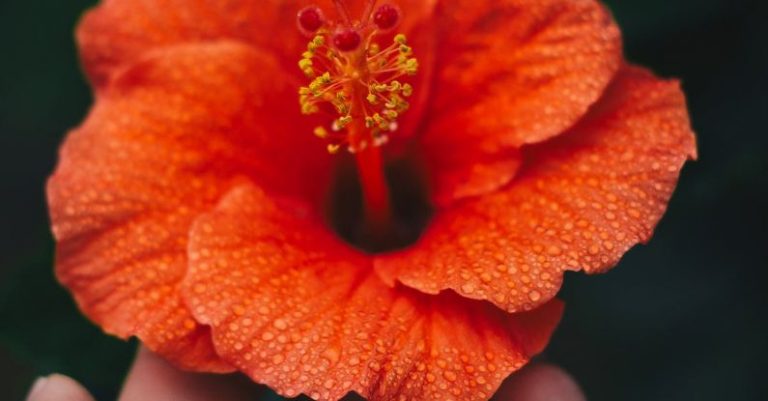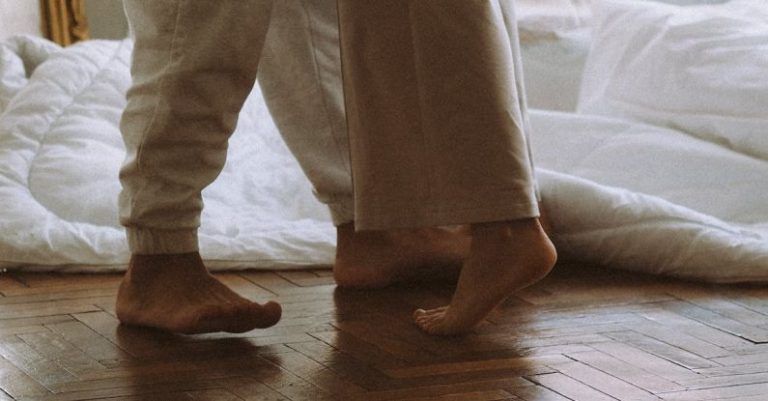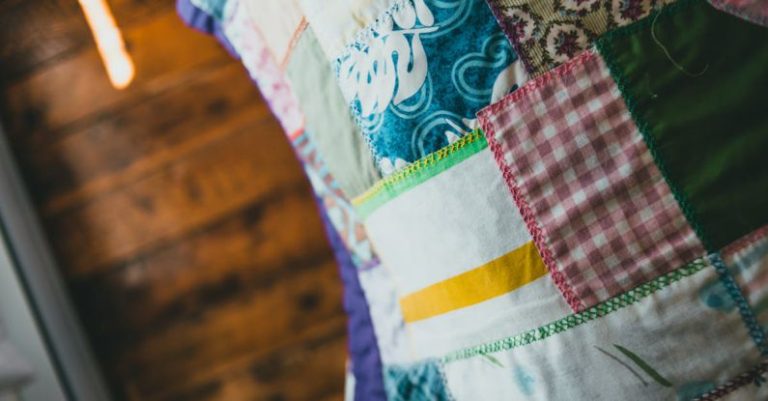
Quilting is a beautiful and intricate art form that has been practiced for generations. Whether you are a beginner or an experienced quilter, mastering the basic techniques is essential to creating stunning quilts. In this article, we will explore some fundamental techniques that every quilter should know to enhance their craft and create beautiful quilted pieces.
Selecting Fabric:
The first step in quilting is selecting the right fabric for your project. It is essential to choose high-quality fabrics that complement each other in color and design. When selecting fabric, consider the intended use of the quilt, whether it is for a bedspread, wall hanging, or a decorative piece. Ensure that the fabrics are pre-washed to prevent shrinkage after quilting.
Cutting Fabric:
Accurate and precise cutting is crucial in quilting to ensure that the pieces fit together seamlessly. Invest in a rotary cutter, cutting mat, and acrylic ruler for precise cutting. Measure and cut fabric pieces according to the quilt pattern’s specifications, making sure to maintain straight and even edges.
Piecing:
Piecing is the process of sewing fabric pieces together to create quilt blocks. Use a quarter-inch seam allowance for accurate piecing. Press seams open or to the side to reduce bulk and create flat blocks. Arrange the pieced blocks according to the quilt pattern before sewing them together to form the quilt top.
Quilting:
Quilting is the process of stitching the quilt top, batting, and backing together to create a finished quilt. There are various quilting techniques to choose from, such as hand quilting, machine quilting, or long-arm quilting. Select a quilting technique that best suits your skill level and the desired look of the quilt.
Basting:
Before quilting the layers together, it is essential to baste them to prevent shifting during the quilting process. There are different basting methods, such as using safety pins, basting spray, or thread basting. Choose a basting method that works best for your quilting style and ensures that the layers are secure.
Quilt Binding:
Binding is the final step in quilting, where fabric strips are attached to the edges of the quilt to enclose the raw edges and provide a finished look. Cut fabric strips on the bias for binding to allow for flexibility around the corners. Attach the binding to the quilt edges, mitering the corners for a clean finish.
Embellishments:
Add a personal touch to your quilt by incorporating embellishments such as embroidery, appliqué, or embellishment stitches. These decorative elements can enhance the overall design of the quilt and make it unique to your style. Experiment with different embellishment techniques to create one-of-a-kind quilted pieces.
Quilt Care:
Proper quilt care is essential to preserve the beauty and longevity of your quilt. Follow care instructions such as washing in cold water on a gentle cycle and air-drying or tumble-drying on low heat. Store quilts in a cool, dry place away from direct sunlight to prevent fading and damage.
In conclusion, mastering the basic quilting techniques is essential for creating beautiful and functional quilts. By selecting the right fabric, cutting accurately, piecing meticulously, quilting skillfully, and adding personal touches, you can create stunning quilted pieces that showcase your creativity and craftsmanship. Remember to care for your quilts properly to enjoy them for years to come. Start quilting today and unleash your creativity through this timeless art form.





